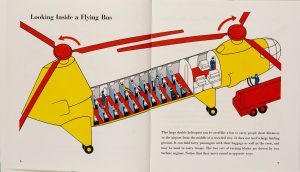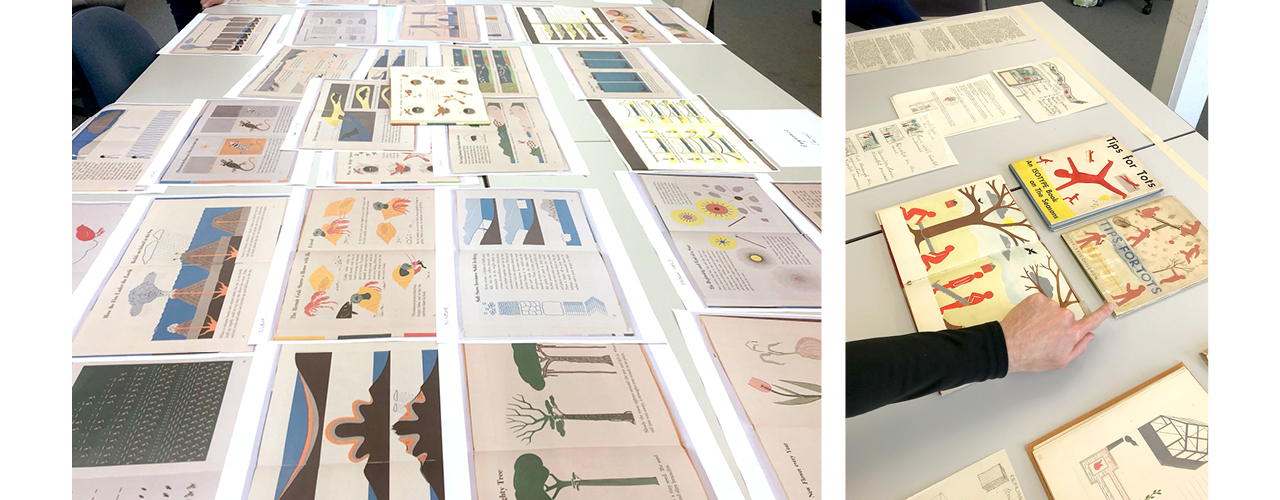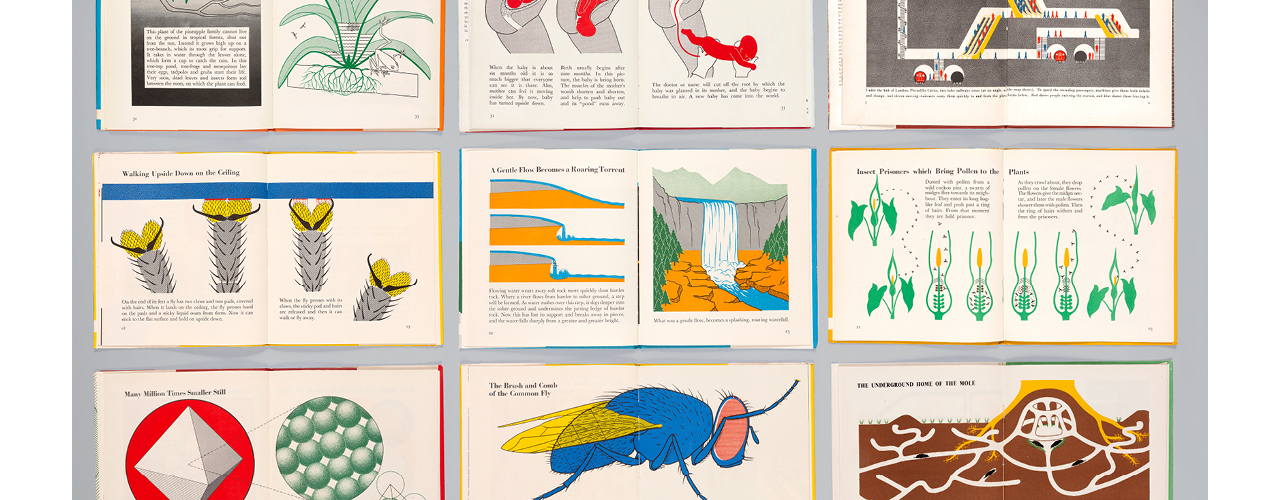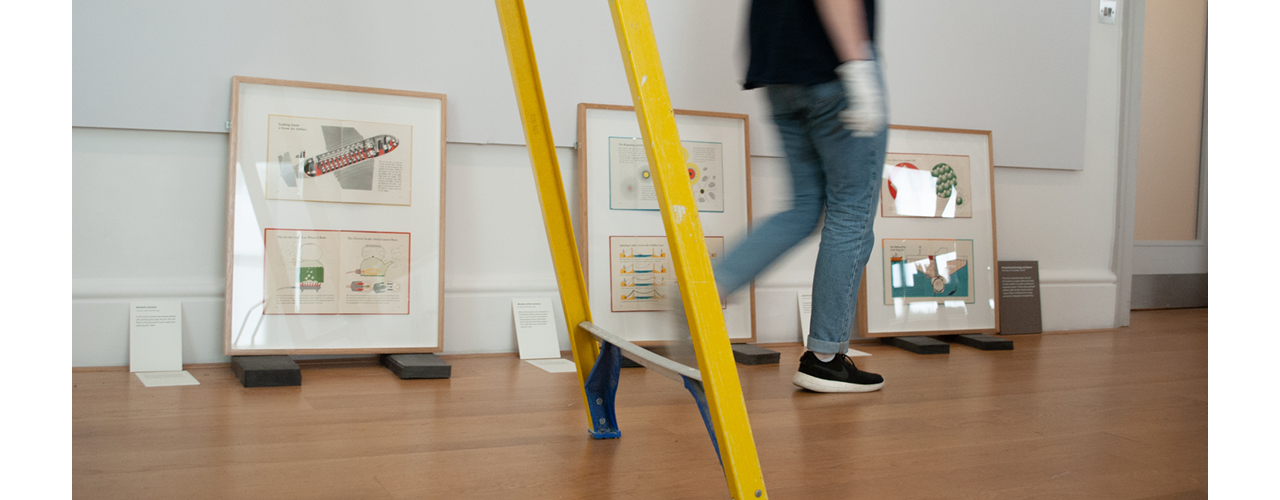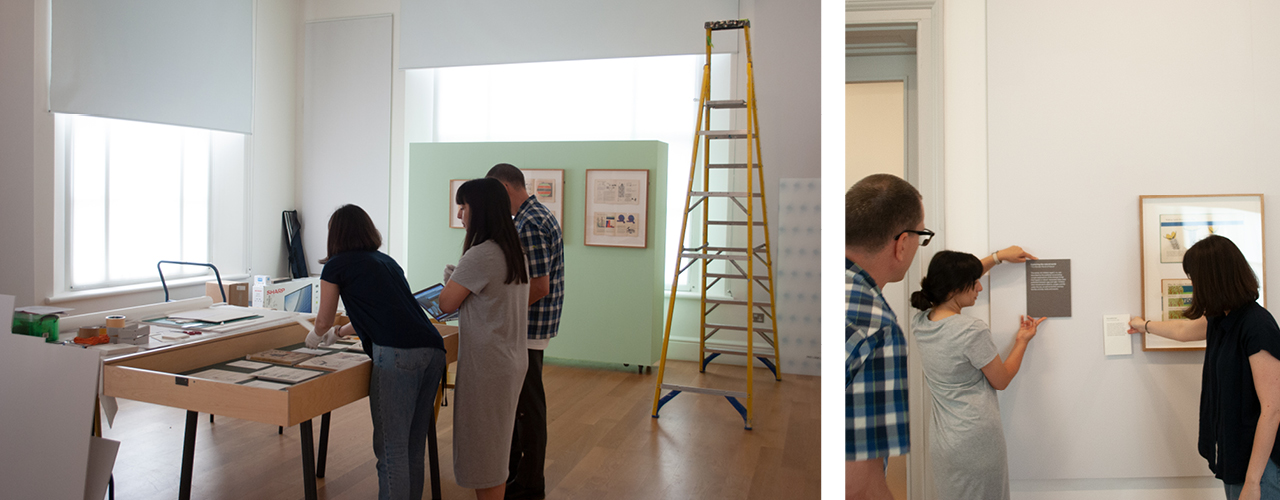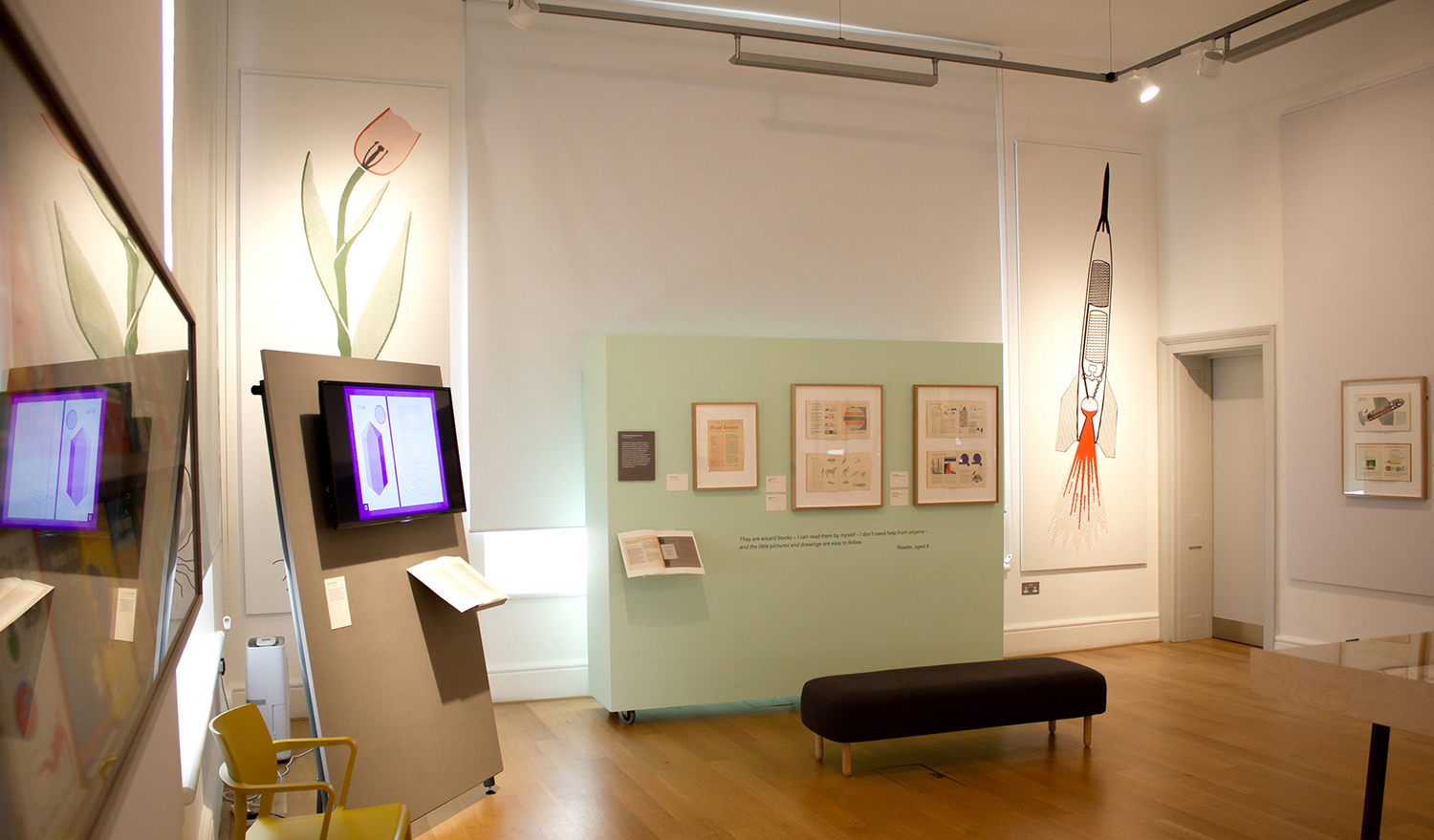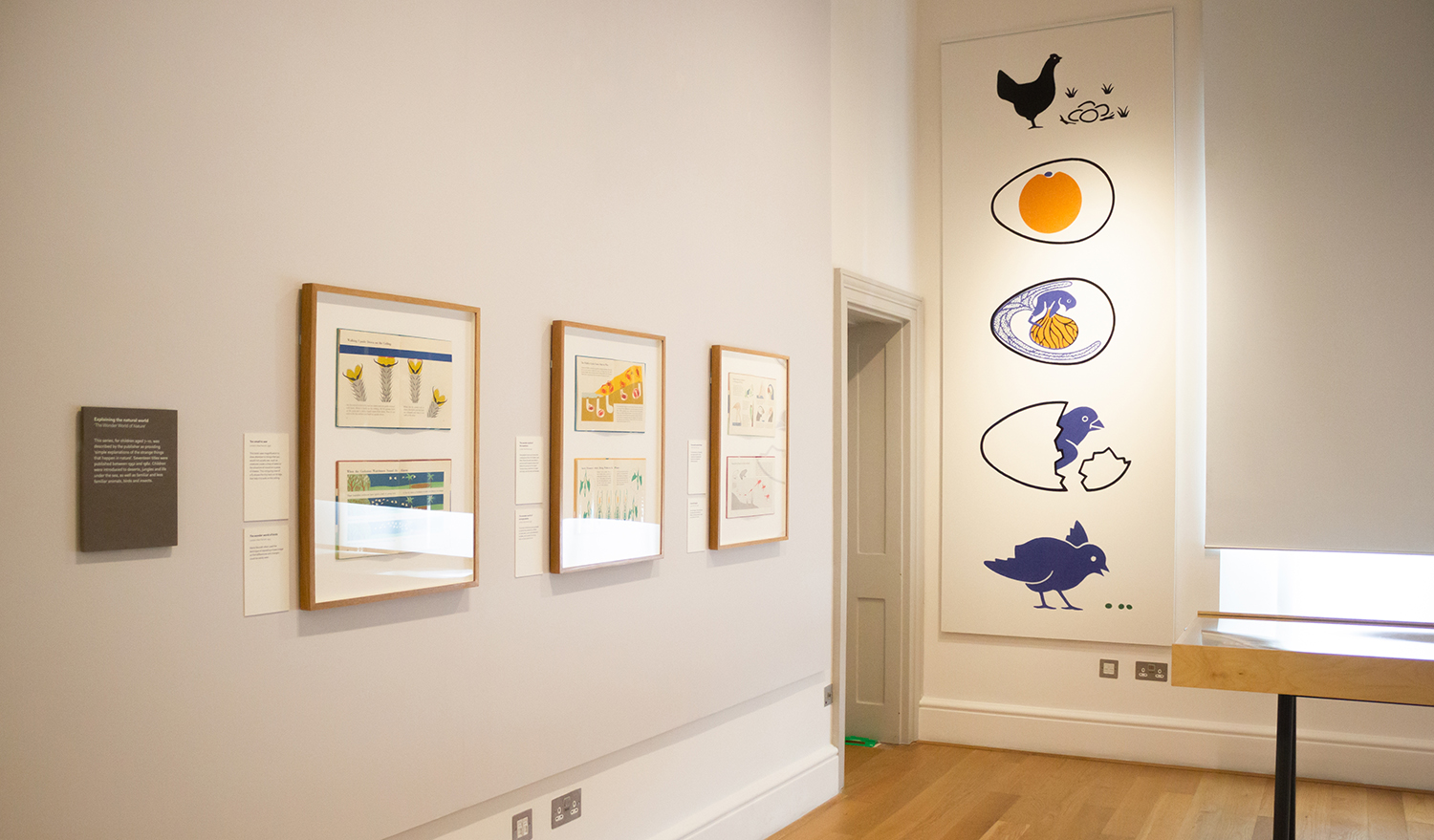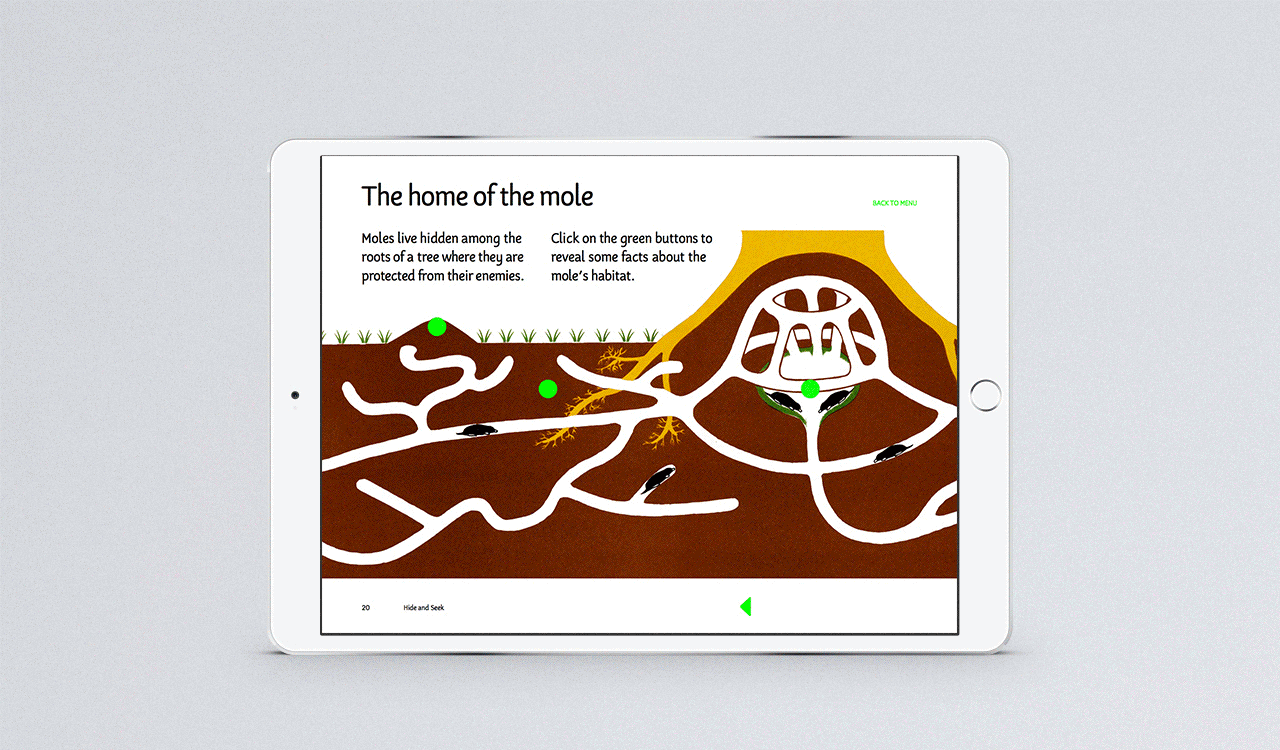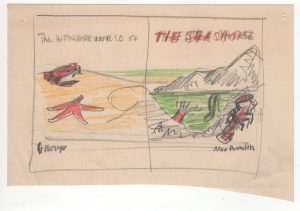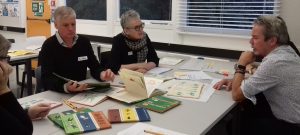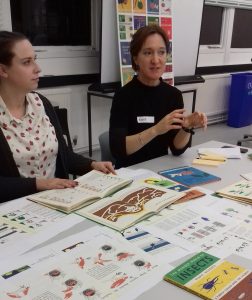The Federation of Children’s Book Groups theme for Non-fiction November is ‘Transport and Travel around the World’ and this seems an ideal opportunity to share some of Marie Neurath’s work.
I became aware of non-fiction November at the IBBY conference ‘A world of information: children’s non-fiction books in the digital age’ in London on 9 November 2019. I was delighted to give a paper about ‘Creativity, colour and collaboration: designing information books for children in the mid-20th century’. Marie Neurath was one of the designers I discussed and it seems appropriate to introduce some of her transport and travel images here.
What’s new in flying? published in 1957.
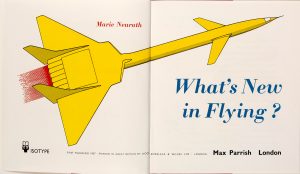
From the inside front flap of the dust jacket:
‘This book describes many of these new ideas, from a tiny collapsible plane you can pump up with a vacuum cleaner to the gigantic tanker plane which will refuel four fighters at once in mid-air.’
‘How these strange aircraft work is explained in the famous Isotype drawings which use colour to help you to understand, and in clear and simple words – and greatest care has been taken to make them correct.’
